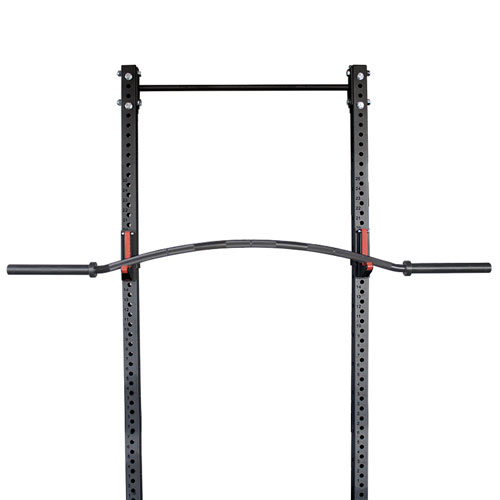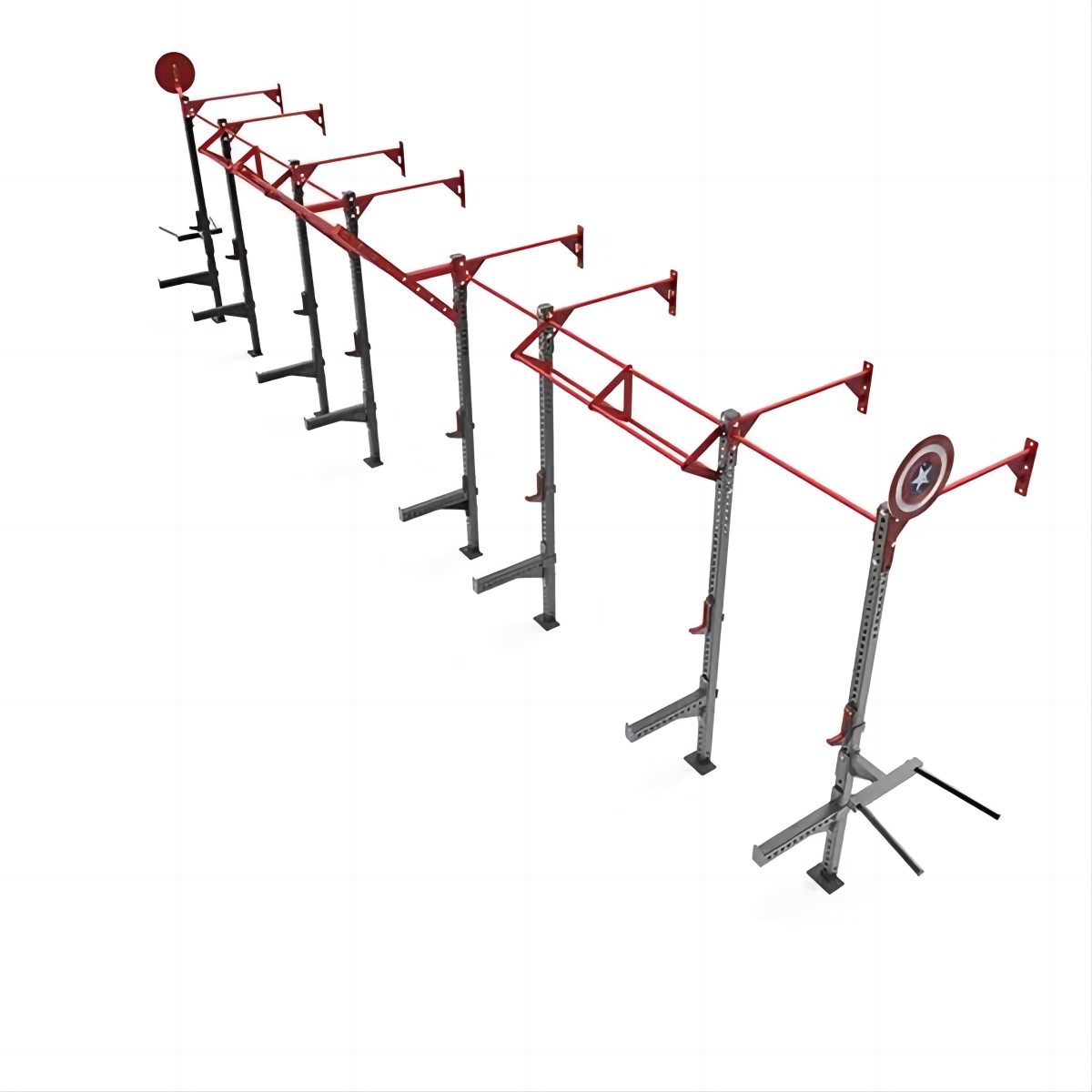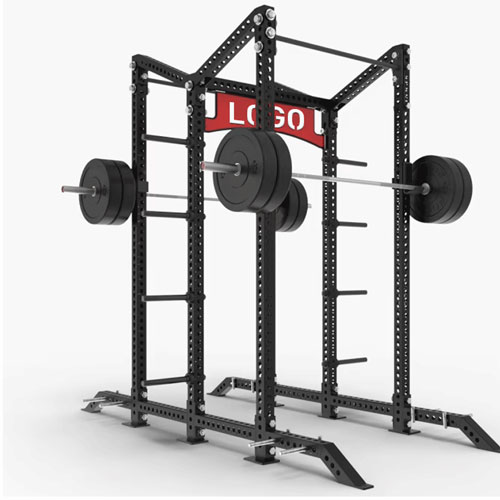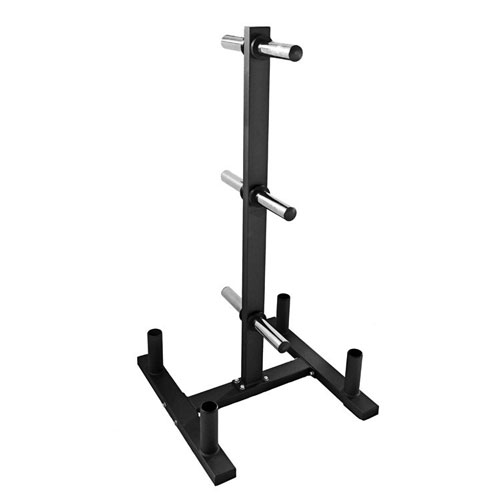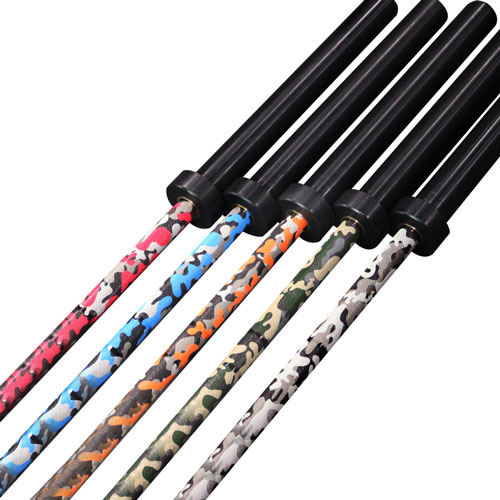Maximize Results with a Focused Upper Chest Workout

The upper chest, often neglected in favor of the more prominent middle and lower portions, plays a crucial role in overall chest aesthetics and strength. A well-developed upper chest enhances the overall shape of the chest, balances muscle groups, and improves posture. Moreover, it contributes to pushing power and upper body strength, benefiting sports activities and everyday tasks alike.
By dedicating a specific workout to the upper chest, you can effectively isolate and stimulate these muscle fibers, leading to maximum growth and development.
Exercise Selection
1. Incline Dumbbell Press:
The incline dumbbell press is a primary exercise for upper chest development. The incline position shifts the emphasis onto the upper pecs, allowing for greater activation. Use a bench set to a 30-45 degree incline.
2. Incline Barbell Press:
This compound exercise engages multiple muscle groups, including the upper chest. It is particularly effective for building mass. Set the bench to the same incline angle as for the dumbbell press.
3. Upper Chest Flyes:
Flyes are an isolation exercise that targets the upper chest specifically. They involve lying on an incline bench and lowering dumbbells or cables towards the sides, focusing on squeezing the upper pecs at the bottom of the movement.
Exercise Technique
1. Incline Dumbbell Press:
- Lie on the bench and hold the dumbbells at shoulder height, elbows slightly bent.
- Press the dumbbells upwards, extending your elbows fully.
- Lower the dumbbells back to shoulder height, keeping your elbows slightly bent.
2. Incline Barbell Press:
- Unrack the barbell and hold it in a shoulder-width grip.
- Lower the barbell to mid-chest, then press it back up to the starting position.
3. Upper Chest Flyes:
- Lie on the bench and hold the dumbbells or cables directly above your chest.
- Lower the weights down to the sides, keeping your elbows slightly bent.
- Squeeze your upper chest muscles at the bottom of the movement.
Set and Rep Schemes
For Hypertrophy (Muscle Growth):
- Sets: 3-5
- Reps: 8-12
- Rest: 60-90 seconds
Progressive Overload Principles:
- Gradually increase weight or resistance over time.
- Increase sets or reps as you progress.
- Shorten rest intervals to challenge your muscles.
Workout Structure
Comprehensive Upper Chest Workout Plan:
Warm-up:
- Dynamic stretches: Arm circles, chest openers
- Light cardio: Elliptical, jogging
Exercises:
- Incline dumbbell press: 3 sets of 10-12 reps
- Incline barbell press: 3 sets of 8-10 reps
- Upper chest flyes: 3 sets of 12-15 reps
Cool-down:
- Static stretches: Chest stretch, triceps stretch
Supersets or Drop Sets:
Supersets involve performing two exercises back-to-back with minimal rest. Drop sets involve immediately reducing the weight and continuing the exercise to failure. These techniques can enhance intensity and increase muscle fiber recruitment.
Frequency and Variation
Recommended Training Frequency:
- 2-3 times per week
Incorporating Exercise Variations:
- Change the grip width on the incline press.
- Use different angles of incline for the flyes.
- Incorporate machines or cable exercises for variety.
Nutrition and Recovery
Importance of Protein Intake:
- Protein is essential for muscle growth and repair.
- Aim for 1.6-2.2 grams of protein per kilogram of body weight daily.
Adequate Recovery:
- Allow for 48-72 hours of rest between upper chest workouts.
- Get sufficient sleep and manage stress to promote recovery.
Post-Workout Nutrition Strategies:
- Consuming a protein shake within 30 minutes of training can optimize muscle recovery.
- A balanced meal within 2 hours post-workout provides necessary nutrients and energy.
Common Mistakes
1. Overtraining or Neglecting the Upper Chest:
- Avoid training the upper chest too frequently or ignoring it altogether.
- Ensure balanced development of all chest muscle groups.
2. Incorrect Form or Insufficient Range of Motion:
- Maintain proper form throughout the exercises.
- Lower the weights slowly and fully to maximize muscle activation.
3. Ignoring Warm-up and Cool-down Phases:
- Warming up prepares your muscles for exercise and reduces the risk of injury.
- Cooling down helps reduce muscle soreness and promotes recovery.
Advanced Techniques
1. Drop Sets and Forced Reps:
- Drop the weight by 20-30% and continue the exercise to failure.
- Ask a spotter to assist with a forced rep when you reach failure on your own.
2. Eccentric-Focused Training:
- Focus on the lowering phase (eccentric) of the exercises.
- Control the weight slowly to create more time under tension and enhance muscle growth.
Conclusion
Developing a well-rounded chest erfordert a dedicated focus on the upper chest. By incorporating the exercises, techniques, and principles outlined in this blog post, you can optimize your upper chest development and achieve maximum results. Remember to avoid common pitfalls, pay attention to nutrition and recovery, and gradually progress to achieve your chest training goals. Embrace the challenge and unlock the full potential of your upper chest, enhancing both its aesthetics and functionality.

